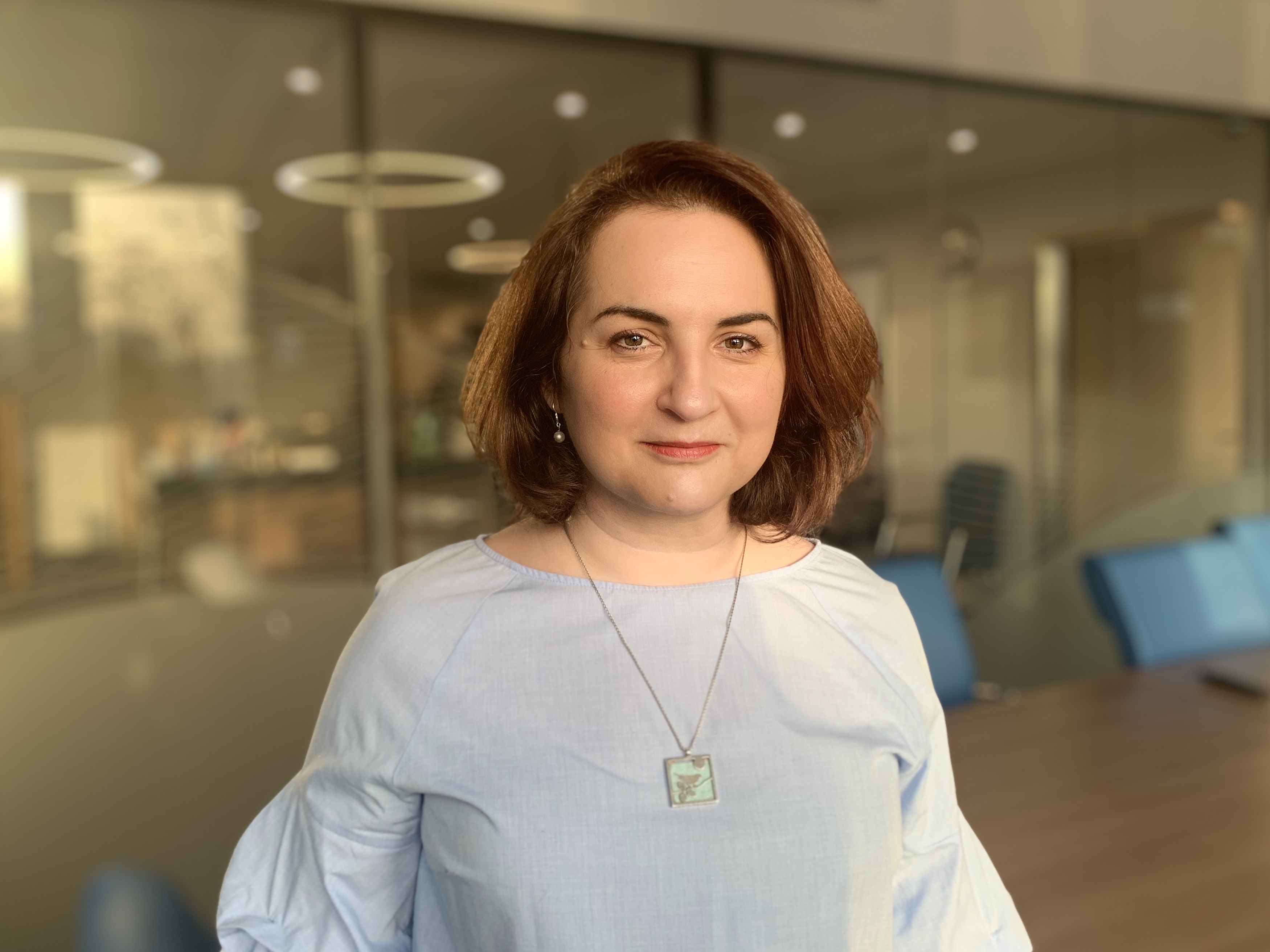Private Health a Long-term Business Investment

Anita Gurney
Anita Gurney, managing director of Duna Medical Center, talks with the Budapest Business Journal about the challenges facing private clinics, the opportunities for growth, and the sector’s relationship with state healthcare.
BBJ: How profitable is private healthcare today?
Anita Gurney: Private healthcare, as a business, is still a long-term investment. It is CAPEX heavy, the initial investment necessary to equip a facility is high. One also needs to factor in infrastructure and equipment amortization, after six-to-seven years, which means additional costs. This hasn’t changed in the past years. Those specializing in outpatient care will see profits sooner, but facilities similar to ours in terms of size and the service offered count on becoming profitable in the longer run.
BBJ: Smaller practices still account for the majority of the Hungarian private healthcare market, though transparent data on their revenues is still not available.
AG: The introduction of EESZT [the Elektronikus Egészségügyi Szolgáltatási Tér or Electronic Health Services Area) and online cashiers have contributed largely to the whitening of this segment. It is true that, in the past, we mostly had to rely on data based on estimations but with more stringent and more trackable online reporting, we will see a clearer picture. The market is becoming more transparent and information, including revenues, are becoming more easily traceable. Patients also demand more transparent services: They are less likely to accept that they are not given an invoice, for example. As a result, demand for well documented, legal and traceable operations are growing.
BBJ: What is the edge that a facility such as DMC has in this market?
AG: We provide outpatient, hospital care and diagnostics as well, which means we can handle a problem on site. It is rare when a problem can be detected with the involvement of only one professional or field; it is crucial that experts can discuss with each other and take a comprehensive approach. I believe this mindset and our complexity is where our edge is.
BBJ: Does this approach translate into costs? How do you set the prices?
AG: We operate as a business; we have costs to cover (salaries, etc.) and we also consider the market and our competition when setting prices. There are, of course, fields where competition is high and we face challenges due to highly competitive market pricing. Ultrasound diagnostics, for example, is a field where there are a lot competitors and we see a tough price competition.
BBJ: What effect will the recent changes in legislation regarding gratuities [the practice of “tipping” healthcare workers, especially doctors] have on the revenues of private organizations? Will people use that money to cover private healthcare services?
AG: I’d rather not speculate. At this point, there are a number of factors affecting private healthcare. One is the coronavirus pandemic: With state healthcare overburdened with COVID-patients, some services are limited, which make many turn to private facilities. There is an economic uncertainty, we don’t how purchasing power will be. The changes in legislation will also impact the role of the private market. The elimination of gratuities means that, as of now, no one can pay to skip ahead in the line. Also, doctors willing to do second jobs need permission, which makes it is questionable how they will be able to work in this segment. There are accelerators and breaks in the system, but overall, ever more people are turning to private care. The vast majority who start to use our services return and remain with us.
BBJ: Do you also employ doctors who work part time? How difficult is it to hire someone full time?
AG: I believe this “duality” will not disappear from our healthcare system, though the conditions of work will change; it will be subject to authorization. This, together with the above mentioned legislative changes, will help whiten the sector. We also have a contractual relationship with most of our professionals, but some of our doctors work for us in full-time employment.
BBJ: Do you find this a good practice?
AG: It allows us to work with a larger pool of professionals. With this option, we are not taking anyone out of the state healthcare but providing an opportunity for patients to access these doctors. If this is carried out in a well-structured and transparent fashion, I find this is a viable option. We need to implement some filters as well and work with those who meet the standards.
State and private healthcare have a symbiotic relationship and thus are sharing resources. In fact, we should not look at it as two different healthcare systems; we are [both] part of one. Similarly, patients are part of them both.
BBJ: There are fields such as oncology, traumatology, or addictology that have always been solely in the state system. Why is that?
AG: In theory, there is no reason why they could not be part of private care as well, with the exception of transplantation perhaps. The question is how profitable they are and whether patients could afford to incur the costs of, for example, chemotherapy. Also, some of them would be difficult and costly to organize: to handle emergency cases in the countryside, far more complex private service providers would be needed.
BBJ: DMC is one of the largest private hospitals in the country, but the number of beds in its hospital inpatient division is still low, which seems a universal trend in private facilities.
AG: We are a private healthcare provider with services available in all segments: outpatient, hospital and diagnostic. We currently have a 14-bed hospital section that we are planning to double soon, and eventually grow it to 130. After moving to our new building at the beginning of this year, we are progressing at a gradual pace. We decided to forgo the inauguration due to the pandemic as well. Still, we have some ambitious goals for this year as well: Our obstetrics section is due to open in a few months.
This article was first published in the Budapest Business Journal print issue of April 9, 2021.
SUPPORT THE BUDAPEST BUSINESS JOURNAL
Producing journalism that is worthy of the name is a costly business. For 27 years, the publishers, editors and reporters of the Budapest Business Journal have striven to bring you business news that works, information that you can trust, that is factual, accurate and presented without fear or favor.
Newspaper organizations across the globe have struggled to find a business model that allows them to continue to excel, without compromising their ability to perform. Most recently, some have experimented with the idea of involving their most important stakeholders, their readers.
We would like to offer that same opportunity to our readers. We would like to invite you to help us deliver the quality business journalism you require. Hit our Support the BBJ button and you can choose the how much and how often you send us your contributions.







